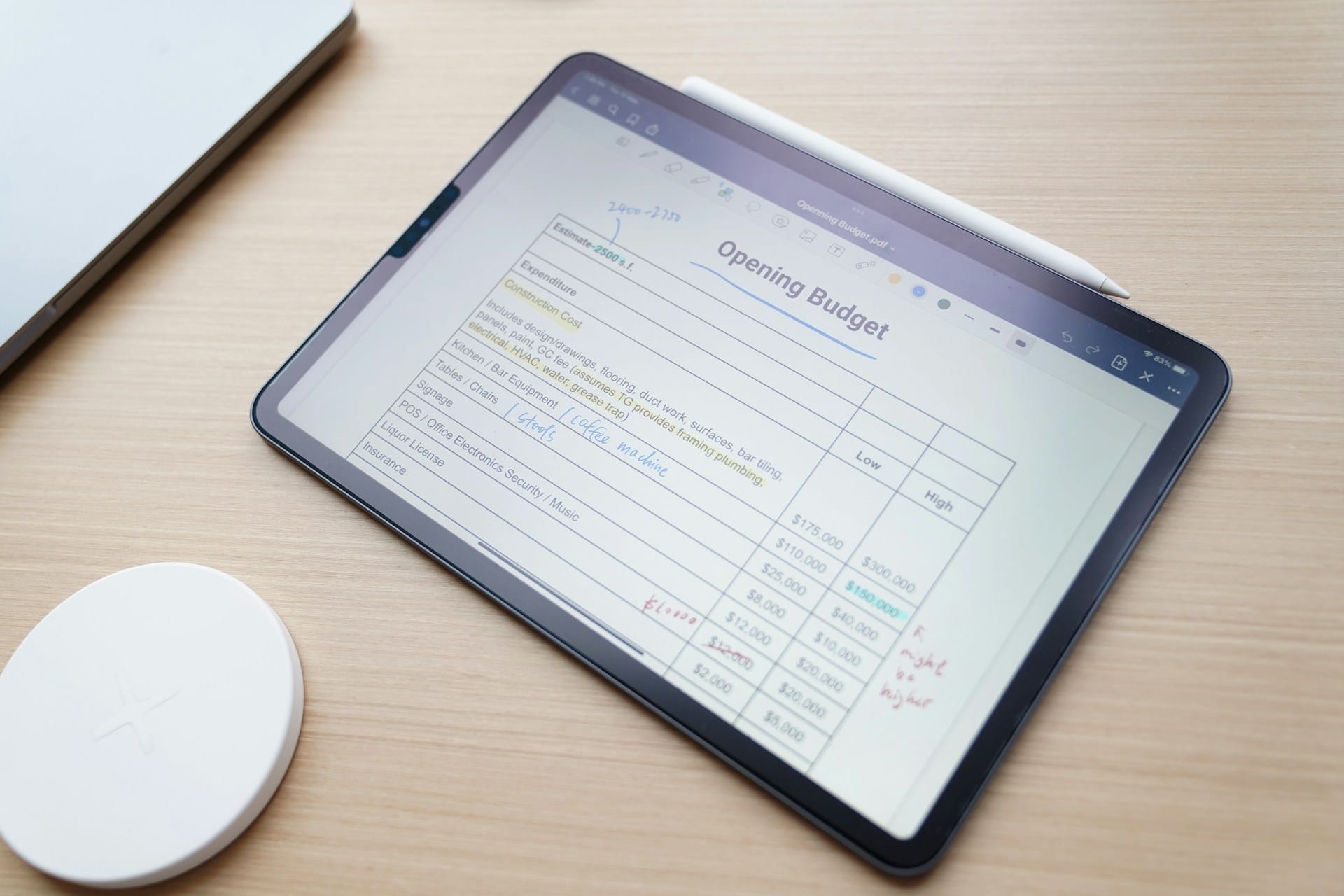In the first part of our Project Management series, we elaborated on the importance of Project Management and how it works. We also discussed all the benefits your small business can enjoy by putting it into practice. In this post, we aim to illustrate how to manage a project effectively from start to finish. Moreover, we are going to analyze the Project Management principles and techniques you need to follow.
Project Management is a process that consists mainly of five stages: Conception, Planning, Execution, Performance, and Project Close. These phases are not a random terminology we came up with; there is actually a Project Management Institute (a non-profit organization) that outlined this in a book. The PMBOK (Project Management Book of Knowledge) contains the fundamental practices Project Managers can use to bring out the best results.
How to Manage a Project Effectively: Basic Project Management Principles
In order to understand and incorporate Project Management into your company, you need to realize that all of the phases we’re going to discuss below comprise a project’s lifecycle.
Each project’s lifecycle should give answers to important questions such as:
- What tasks should be carried out
- What the desired outcomes should be
- How each stage should be managed and monitored
- What role each team member is going to assume
Defining these aspects will help you complete a project in a systematic, timely manner; a process that will ultimately benefit all those involved in the project.
Now, let’s dive into the basic elements of Project Management to discover how to manage a project successfully!
The 5 Components of Project Management
#1 Conception and Initiation
During the first stage of Project Management, the team must examine the idea of a project thoroughly and decide whether it would benefit the company to pursue it or not.
All the ideas conceived and goals set during your business planning process can be better researched and put to the test at this stage. Now you can also decide about new and unexpected projects that might have come up.
Moreover, the project’s stakeholders should look into all the business needs that have to be met. Then they give the “green light” to proceed with the rest of the stages of Project Management.
If the project gets approved, then the manager should draft a Project Initiation Document (PID). In simple terms, the official roadmap for the project’s completion. The PID should contain vital information regarding the project’s requirements, purpose, and business case.
#2 The core planning
Successful team project planning is identical to developing a strategy that everyone can commit to and follow. In this phase of Project Management, you define its scope, the monetary resources it will need, its quality, and set a timeframe for completion.
However, keep in mind that your goals should remain realistic, specific, and measurable in terms of success.
Once you have the roles and responsibilities sorted out, you need to make sure your project stays on track. How? By breaking down the project planning process step by step! The best way to manage projects is “Divide and conquer”.
Here are some documents that will help you do that, according to the PMBOK:
- Scope statement: This is where you clearly state to the stakeholders the project’s benefits, deliverables, and milestones.
- Work Breakdown Schedule (WBS): It is the project’s scope but broken down into smaller, more manageable bits for the team to complete one at a time. This way, it’s easier for them to focus and keep their eyes on the prize (your goals), thus boosting their productivity.
- Milestones: A document that identifies the key goals that absolutely have to be met at every stage throughout the project. You can include milestones in your Gantt Chart.
- Gantt Chart: It’s a timeline you may use in order to better plan out your goals and milestones.
- Communication plan: Create a schedule in order to promptly notify stakeholders about the project’s progress, deliverables, and key milestones.
- Risk Management Plan: It is absolutely vital that you identify and anticipate some kind of change in your planning. It’s quite common that a Project Manager overestimates the required time to complete each stage or underestimates the costs. Having a backup plan to manage setbacks and change is crucial.
#3 Launch
Now is the time to schedule a team debriefing and distribute the members involved with tasks. This phase is when all the action takes place. The team now gets to collaborate and execute the plan.
It is a high-activity season, so you need to make sure everyone is on the same page. To do that, closely monitor if everyone is keeping up with the timeline.
It is also the longest phase of the Project Management lifecycle, where most resources are being utilized.
#4 Performance
During this phase, the Project Managers compare the delivered results insofar to the initial ones, hence drawing conclusions about the progress made. With Elorus time tracking, you and your customers can overview the progress of projects and tasks, while at the same time, your logged hours can be invoiced automatically.
This is when Project Managers can make the necessary strategy adjustments so that everything aligns with the Project Management objectives. An exceptionally useful tool to carry out this assessment is key performance indicators (KPIs), which will help you evaluate important aspects such as
- The cost of your efforts compared to the allocated budget
- The quality of your deliverables
- Meeting the objectives, and keeping up with the schedule
- The efficiency with which your team deals with unexpected events and scope changes.
#5 Closure
This is the final phase of a project’s lifecycle, provided that it has been successfully completed. The Project Manager may hold a meeting – euphemistically called “post-mortem” – inviting all the team members that participated in the project and discussing essential points.
This is a sort of overall evaluation of what went well and, at the same time, spot mistakes. The closure phase is especially important because it helps everyone learn from their failures and make improvements. So they can avoid making the same mistakes in the future. If you know how to manage a project, then you realize that you must not leave this phase-out.
So, there you have it! A comprehensive guide for easy and effective Project Management! Now you know how to track a project’s progress successfully following some simple Project Management principles.
Stay tuned, as the 3rd part of this series includes the absolutely essential project management principles you should not overlook when planning a project. After all, success lies in the details!






